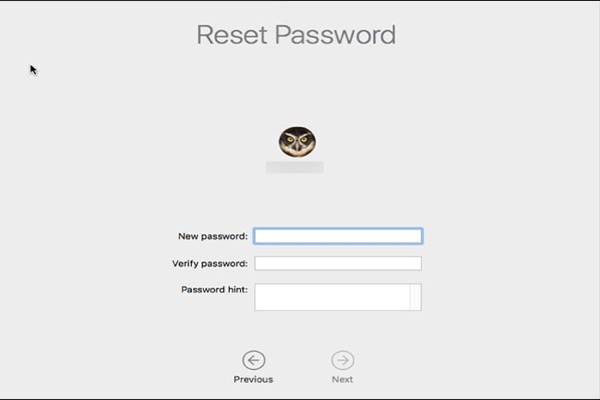

CHANGE MAC PASSWORD FROM TERMINAL MAC OSX
Let us know if you have any questions in the comments below.As many of you might have already know MAC OSX has a somewhat integrated version of the ever popular VNC server under the name of screen Sharing this will allow you to connect to the desktop of another MAC. These instructions work for any Linux distro, including Ubuntu, CentOS, Debian, Fedora, etc. The upside to using a server is that in some cases you can still access the server via a web console, even if you locked yourself out of the server. You must always use the root account carefully.Īnother common use-case is in servers. The root account is not something to be played around with. The root user is allowed to overpower any other user. Some of these options are exclusively for the root user, but that makes sense even for personal systems, as user management is often required in case of password loss, or something else of the sort.

That is all for the major operations regarding changing user passwords in Linux. Retype new UNIX can test these commands out on a Linux server at Vultr.

You are required to change your password immediately (root enforced) Passwd: password expiry information changed. Sample output: sudo passwd -expire testuser The command to be entered is this: sudo passwd -expire This obviously requires root access as well. What this command basically does is expire the password of the mentioned user, so that the user has to forcefully change the existing password at their next login. This is a very useful feature, especially for Linux administrators. Passwd: password expiry information Force a user to change their password To delete the password of a user, use the following syntax: sudo passwd -d This is not useful in most personal computers, but for a home PC, that’s what most people use, or for a system that needs to be open to anyone who attempts to use it, this option is essential. This option sets an account essentially password-less, so that anyone can log into it. Number of days of warning before password expires : Deleting a password Maximum number of days between password change : 99999 Minimum number of days between password change : 0 There is another command that displays this information in a better way. -1 : Inactivity period (-1 means never).99999 : Password expiry maximum age (99999 basically means never).Pulkit P 0 99999 7 displayed properties are as follows: There are a lot of criteria and properties that a password may have, and these are the commands that can be used to view those: passwd -S Seeing the status of a password is also made easy in Linux. Passwd: password updated if you’re logged in with the “root” user you can just use the command without “sudo”.
/resetpasswordhint-579bc7563df78c3276694786.jpg)
Therefore, the command becomes: sudo passwd You will need to know the administrator password. This requires root access, as only the root can add, remove or change the password of any other user on the system. Passwd: password updated Changing the password of another user The passwords aren’t shown in the terminal, so that they are not visible to any person that might be around the system. This will open up a prompt asking for the current password, and then the new password, and its repeated confirmation. Just open up the command line, and type in: passwd This is how you can change the password of the user you’re logged in with. The password of the user itself can be changed using the passwd command provided by Linux. We have discussed some of these useful options below: Because of these reasons, Linux provides a wide range of options for user account password management. This is mostly done by the users themselves, but often, they have to be overridden by the administrator to control any illegitimate activity by any of the users. The passwords for user accounts often need to be changed.


 0 kommentar(er)
0 kommentar(er)
